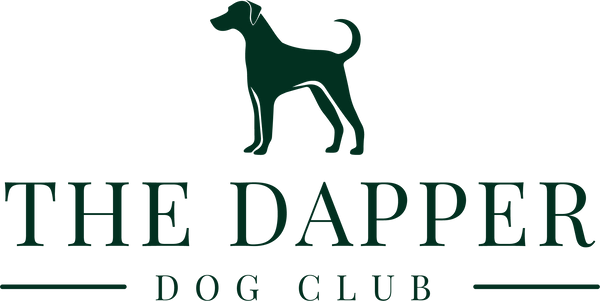Embark on a journey into the intricate world of canine body language, unlocking the key to effective communication between you and your dapper dog. In this guide, we'll delve into the nuances of canine body language, helping owners interpret their dog's signals and fostering a deeper understanding for better training outcomes.
1. The Silent Language: Decoding Canine Cues
Dogs communicate primarily through body language, using a rich repertoire of signals to convey their feelings, intentions, and responses. Learn to decipher the subtle nuances, such as tail positions, ear movements, and facial expressions, which form the silent language your dog speaks. Understanding these cues is fundamental to building a strong and communicative relationship.
2. Tail Talk: Expressing Emotions Through Wagging
The tail is a powerful communicator, expressing a range of emotions. A wagging tail can signify joy, excitement, or friendliness, while a tucked tail may indicate fear or submission. Observe the speed, height, and position of the wag to gain insights into your dog's emotional state. Tail talk is a valuable aspect of canine communication that extends beyond mere enthusiasm.
3. Ear Expressions: Listening to Emotions
Ears are like emotional antennas, reflecting your dog's feelings. Forward-pointing ears may indicate interest or alertness, while flattened ears may signal fear or submission. By paying attention to ear expressions, you can gain valuable insights into your dog's emotional state, allowing for timely and appropriate responses during training.
4. Facial Expressions: Windows to the Canine Soul
A dog's face is a canvas of emotions, revealing joy, curiosity, fear, or stress. Study facial cues such as relaxed or tense muscles, lip positions, and eye contact. A relaxed, open mouth often indicates comfort, while a furrowed brow may suggest anxiety. By reading the subtle details of your dog's facial expressions, you'll better understand their thoughts and feelings.
5. Posture and Movement: Dynamic Communication
A dog's posture and movement convey a dynamic language that speaks volumes. An upright, confident posture may signal assertiveness, while crouching or lowered posture could indicate submission or fear. Pay attention to your dog's gait, speed, and overall body movement to grasp the context of their communication during different training scenarios.
6. Responsive Interactions: Building Trust Through Communication
As you learn to interpret your dog's body language, respond appropriately to their cues. Acknowledge signs of comfort and confidence with positive reinforcement, and recognize signs of stress or discomfort by adjusting your training approach. This responsive interaction fosters trust and strengthens the communication bond between you and your dapper dog.
7. Consistent Observation: A Lifelong Learning Journey
Canine communication is a lifelong learning journey. Dogs may adjust their communication style based on age, health, and experiences. Stay observant and consistently refine your understanding of their body language. This ongoing commitment to communication enhances your ability to navigate training scenarios effectively.
Embark on the enlightening journey of understanding canine body language, and witness the transformation of your training outcomes. By becoming fluent in the silent language your dog speaks, you'll not only deepen your connection but also create a training environment that fosters trust, cooperation, and joyful companionship. Get ready for a training adventure where every wag, twitch, and glance becomes a meaningful part of your shared language.

